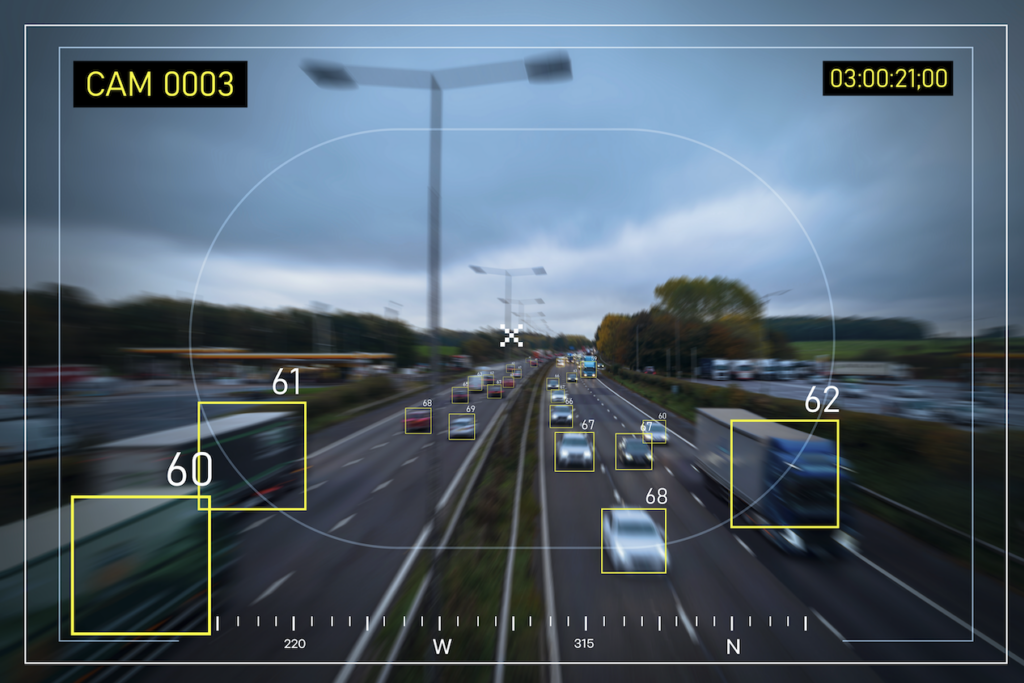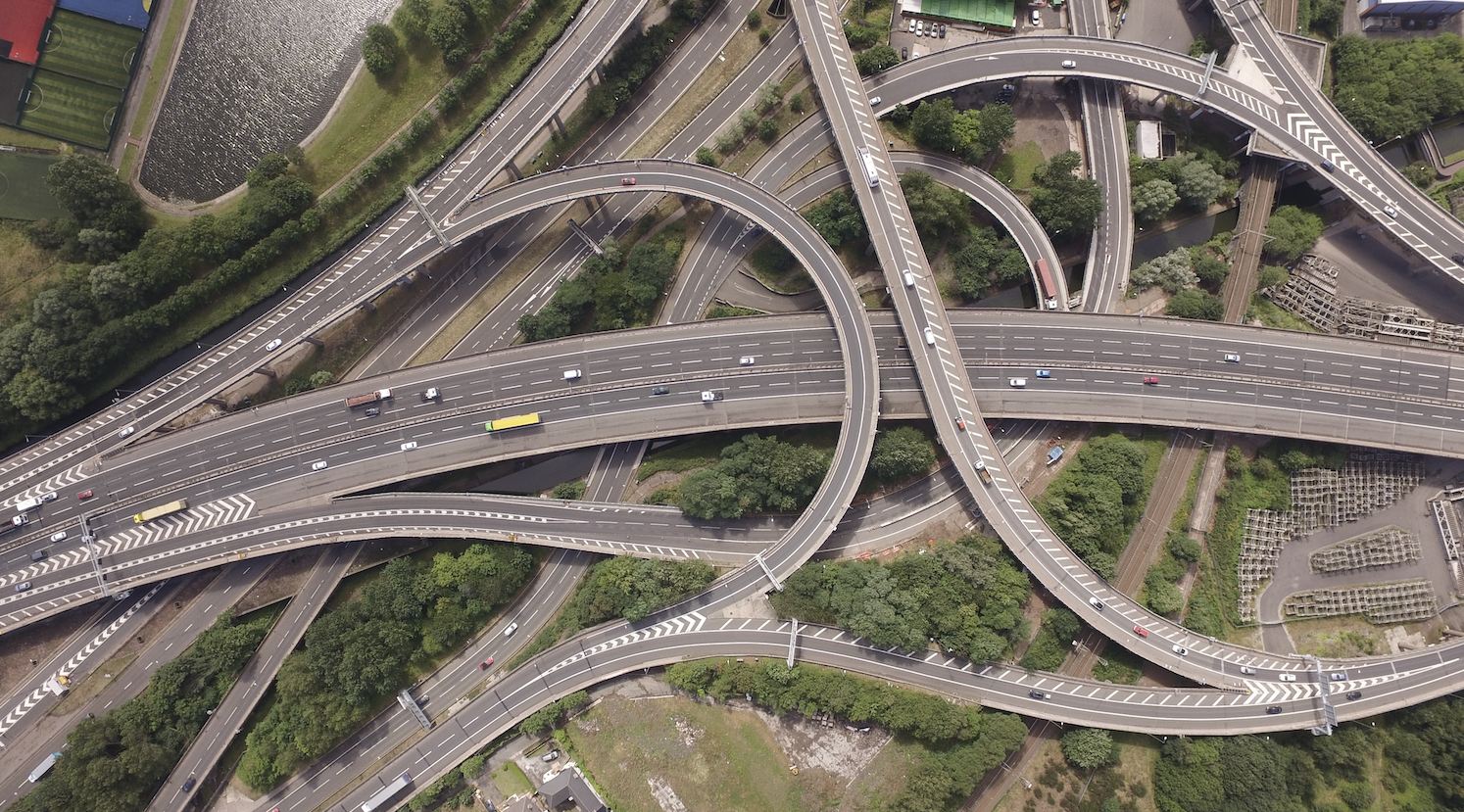There are many rules regarding driving on motorways in the UK, and for new drivers, they can be quite scary. Since the 4th of June 2018, learner drivers have been allowed to drive on a motorway, but only under the supervision of a DVSA registered instructor, unlike other roads where provisional licence holders can drive and be supervised by any full licence holder as long as they have held their licence for over three years. However, most newly qualified drivers will not have been on a motorway as it is not compulsory as part of the practical test currently.
The Highway Code sets rules about motorway driving, which can be found in the book from points 253 to 274. These rules should be read and understood while learning to drive and before taking your theory test, as new questions have been added regarding motorway rules and signage, regardless of whether you have trained on them or not.
General Motorway Rules
253 Prohibited vehicles – under no circumstances should any driver of the vehicles listed below be using a motorway. Pedestrians should never be on a motorway unless in an emergency and must stay behind the crash barrier and await recovery.
Cyclists
Provisional Motorcyclists
Motorbikes under 50cc
Horse Riders
Agricultural vehicles
Powered wheelchairs
Mobility scooters
Certain slow-moving or oversized vehicles (unless with special permissions)
254 Traffic– this is not so much of a rule as a required mindset of the motorway driver to be extra aware of the amount of traffic and the speeds, use mirrors and indications proactively, and have significant forward observations.
255 Signs and Signals – Motorway signs are in place to warn of hazards ahead that may not be immediately obvious, so it is vital to take notice and adjust speeds as directed.

256 Lane-specific signs – These signs will show restrictions on specific or individual lanes.
257 Amber Flashing lights – These lights will warn of a hazard ahead, and therefore, you should be prepared to reduce speed immediately and safely and only increase your speed again when you pass amber lights that are not flashing or are displaying the national speed limit or the word END.
258 Red flashing light – A red X or red flashing lights will signal a closed lane, stopped vehicles or other hazards present, so you must move over into an open lane and not return to that lane until it is open again further along the motorway. You must be aware and alert that emergency services may need space to attend to a hazard ahead and that often several lanes may be closed, including left-hand slip roads; in such cases, that exit will be closed, and the next exit will have to be used instead. In such instances in which red flashing lights are showing above all lanes, then the motorway is at a standstill until it is deemed safe by the Police; harsh penalties are given for any driver attempting to drive on closed motorway lanes.
259 Joining a motorway – When you join a motorway, usually from the left, you should prioritise traffic already on the motorway, check the traffic, and adjust your speed to slip safely into the flow of left-hand lane traffic. If the slip road continues into the left-hand lane, then stay on it and stay in the left-hand lane until your speed is adjusted and it is safe to overtake.
260 Safe speeds and distances – Again, this is not so much a rule as a required mindset of a motorway driver. A driver should drive at a safe and steady cruising speed and maintain safe distances from other vehicles in good conditions. Both of these must be adjusted according to weather conditions and visibility.
261 Speed limits – The rules regarding motorway speed limits are that you should never exceed the speed limit shown on a sign within a red circle or the maximum limit for your vehicle on a motorway.
262 Driving monotony – Again, not so much of a rule but a motorway driver’s mindset to take regular breaks and minimise risks of feeling sleepy or drowsy when driving on long motorway journeys. Make use of service rest areas.
263 MUST NOTS -Unless the Police direct you to do so, you must not reverse along any section of a motorway, including hard shoulders and slip roads. Never cross a central reservation or drive against the flow of traffic.
264 Left-hand lane -You should always drive in the left-hand lane unless you are overtaking, but then you must return when it is safe to do so.
265 Right-hand lanes – Right-hand lanes should be used for overtaking. They should not be used by any vehicle towing a trailer, goods vehicles up to 7.5 tons fitted with a speed limiter, or goods vehicles with laden weight over 7.5 tons.
266 Approaching junctions – You must be aware of your approaching exit junction in advance, move to the correct lane quickly, and use clear indications to alert other divers of your intentions.
267 Overtaking – You should only attempt to overtake if it is safe to do so, and only use the righthand lane. Mirrors should be checked, and speeds need to be judged correctly.
268 Undertaking – Under no circumstances should you use the left-hand lanes to overtake. In congested traffic or road works, the left lanes may move quicker, but you should stay in your lane and not weave in and out of lanes.
269 Hard Shoulder – You must not use the hard shoulder (when present) for anything other than an emergency or unless you are told to do so by the Police. On a Smart Motorway, when the hard shoulder is used as an extra lane, it can be used unless there is a red X in the gantry above the lane. If the gantry sign shows a speed limit, it can be used as a driving lane.
270 Emergency areas – Smart motorways without hard shoulders will have emergency stop areas. These must only be used in an emergency and are amber in colour, with blue signs and an SOS telephone.
271 Never stop on a Motorway – you must never stop on a motorway in any circumstance other than a slow of traffic unless you are directed to do so by Police or traffic control or by red traffic signals.
272 Picking up passengers – You must never pick up or drop off a passenger on a motorway, hard shoulder, slip roads, or any other part of a motorway unless it is an emergency.
273 Exiting the Motorway – You must always exit the motorway to the left using the slip road for your junction. Observe signs in advance and make sure you are in the correct lane in good time for your exit with clear indications.
274 After leaving the motorway – Always check your speed, as after driving at fast speeds, slower speeds may take a while to adjust. It is wise to be aware that some slip roads may have very sharp bends.

